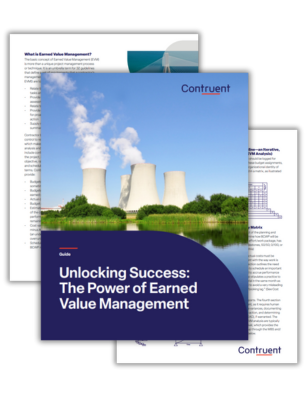GUIDE
Unlocking Success: The Power of Earned
Value Management
Overview
When people see earned value management or earned value analysis, there is a tendency to immediately think it is too complex or complicated. But having a system in place that sets up your organization or enterprise to have EVM best practices in place, enables practitioners to realize that there are reasons the earned value methodology is the tried and true method of federal and government agencies across the globe. It is not something to be feared or dreaded.

Download Free Guide
Related Content
No related posts found!